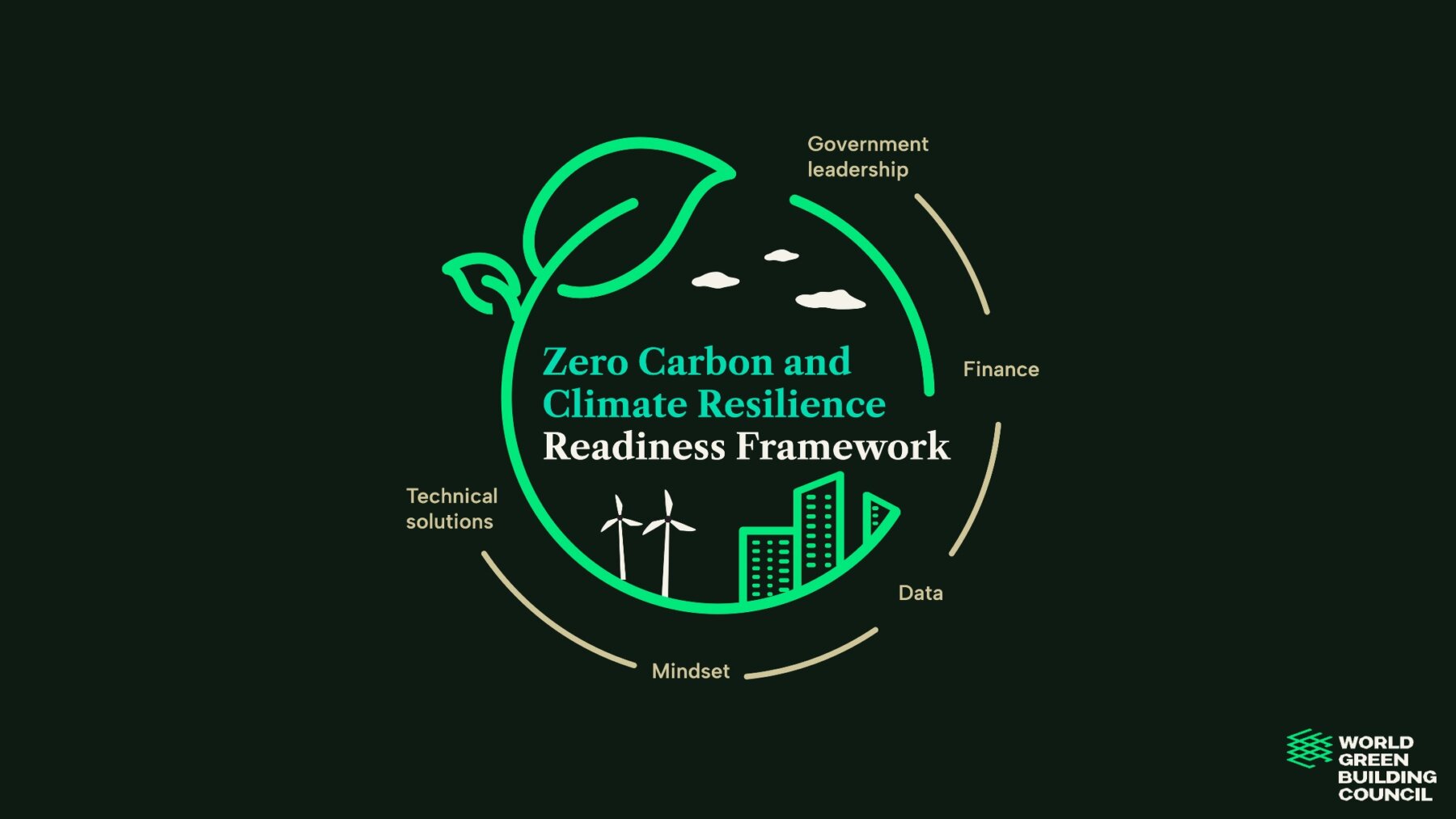Project/organisation should optimise the potential of green financing and create a sustainable business case.
Readiness Goal 3.1: Transparent measurement, monitoring and reporting of GHG emissions and sustainability performance. (Developers, asset owners and financial institutions).
Readiness Goal 3.2: Disclose information related to physical and transition risks relevant to a company or portfolio. (Companies and financial institutions).
Readiness Goal 3.3: Development and disclosure of transition plans towards a zero carbon portfolio or company activities (companies + financial institutions).
Readiness Goal 3.4: Expand and promote investment instruments supporting zero carbon transition plans (government agencies and financial institutions).
Readiness Goal 3.5: Active discussions between policy makers and the private sector to craft policies/incentives in support of the realisation of all relevant RGs. Specifically, RG2 (promote technologies and solutions to achieve net zero) and RG4.2, 4.3, 4.4 (adoption of data technology to monitor progress towards zero carbon) (government agencies, companies and financial institutions).
Readiness Goal 3.6: Engage in international cooperation, across public and private sectors, to share best practices, knowledge, and resources.
Find out more.







